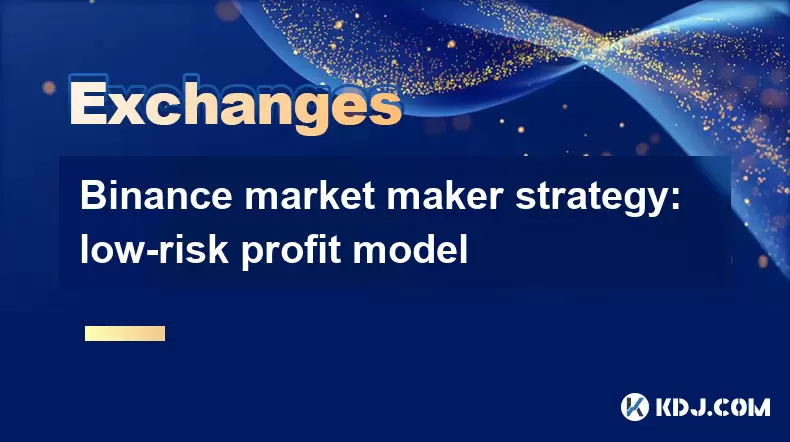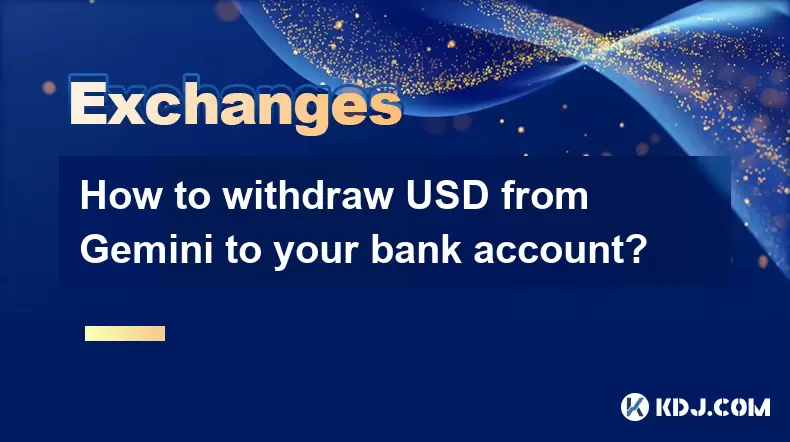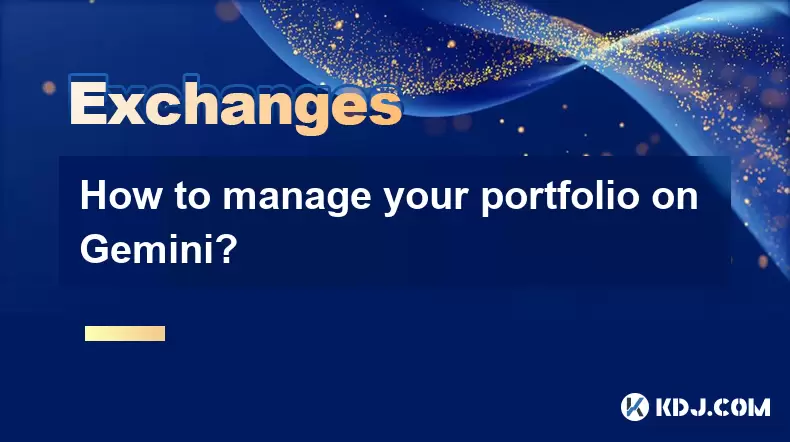-
 Bitcoin
Bitcoin $115000
0.12% -
 Ethereum
Ethereum $3701
4.50% -
 XRP
XRP $3.081
2.99% -
 Tether USDt
Tether USDt $0.0000
-0.01% -
 BNB
BNB $767.9
1.45% -
 Solana
Solana $169.5
3.13% -
 USDC
USDC $0.9999
0.01% -
 Dogecoin
Dogecoin $0.2106
4.30% -
 TRON
TRON $0.3334
1.62% -
 Cardano
Cardano $0.7564
2.54% -
 Stellar
Stellar $0.4165
0.76% -
 Hyperliquid
Hyperliquid $38.75
0.25% -
 Sui
Sui $3.593
3.00% -
 Chainlink
Chainlink $17.08
3.59% -
 Bitcoin Cash
Bitcoin Cash $573.6
4.35% -
 Hedera
Hedera $0.2508
-0.84% -
 Avalanche
Avalanche $23.07
6.46% -
 Ethena USDe
Ethena USDe $1.001
-0.02% -
 Litecoin
Litecoin $120.8
8.17% -
 UNUS SED LEO
UNUS SED LEO $8.943
-0.32% -
 Toncoin
Toncoin $3.400
-5.60% -
 Shiba Inu
Shiba Inu $0.00001255
1.54% -
 Uniswap
Uniswap $9.908
6.32% -
 Polkadot
Polkadot $3.718
2.10% -
 Monero
Monero $303.0
-0.74% -
 Dai
Dai $0.9999
-0.02% -
 Bitget Token
Bitget Token $4.392
0.91% -
 Cronos
Cronos $0.1403
6.31% -
 Pepe
Pepe $0.00001076
1.13% -
 Aave
Aave $267.2
1.80%
Binance market maker strategy: low-risk profit model
Market making on Binance involves placing buy and sell orders to profit from bid-ask spreads, using bots for automation and focusing on liquidity provision.
Jun 14, 2025 at 03:28 am

Understanding the Binance Market Maker Strategy
Market making on Binance involves placing both buy and sell orders simultaneously to profit from the bid-ask spread. This strategy is considered low-risk because it does not rely on directional price movement but rather on consistent trading volume and liquidity provision.
Traders who adopt this approach typically use bots or scripts to automate their trades, ensuring that they constantly provide liquidity while capturing small profits repeatedly throughout the day. The key lies in maintaining a balanced position between long and short orders, which minimizes exposure to sudden market swings.
One of the core principles behind this model is spread optimization, where traders set tight spreads during high-volume periods and wider ones when volatility increases. This dynamic adjustment helps maintain profitability without exposing the trader to significant downside risk.
Setting Up Your Market Making Bot on Binance
To implement a successful market maker strategy, setting up an automated bot is essential. Platforms like Binance API allow traders to connect third-party tools such as Gunbot, Hummingbot, or custom-built scripts for automation.
Before launching your bot:
- Generate an API key with appropriate permissions (trade and read access).
- Ensure the key has IP whitelisting enabled for security.
- Set up a dedicated account with sufficient balance in stablecoins like USDT or BUSD.
- Configure the bot parameters including minimum spread, order size, and refresh rate.
Each parameter plays a crucial role in determining how frequently the bot places and cancels orders. It's important to test configurations using historical data before deploying real funds.
Risk Management in Market Making on Binance
While market making is generally seen as a low-risk strategy, it is not entirely risk-free. One of the primary concerns is inventory risk, where imbalances between buy and sell orders can lead to holding unwanted assets during volatile moves.
To mitigate this:
- Use delta-neutral strategies by adjusting order sizes based on current holdings.
- Implement stop-loss mechanisms for extreme price movements.
- Monitor market depth regularly to avoid getting caught in thin liquidity environments.
Another critical factor is slippage. In fast-moving markets, executed orders may not match the intended price points. Therefore, incorporating slippage tolerance into the bot’s logic becomes essential.
Profitability Metrics and Performance Monitoring
Profitability in a market making strategy depends heavily on volume rebates and fee structures offered by Binance. Market makers often qualify for reduced fees or even rebates depending on their contribution to liquidity.
Key performance indicators include:
- Spread capture: How much of the bid-ask spread is realized per trade.
- Order fill rate: Frequency at which placed orders get filled.
- Inventory turnover: How quickly positions are balanced to prevent accumulation.
Regular monitoring of these metrics allows traders to tweak their strategies for optimal results. Dashboards provided by trading platforms or custom analytics tools help visualize these KPIs effectively.
It’s also useful to compare performance across different pairs and timeframes to identify which assets yield the best returns under the market making model.
Choosing the Right Trading Pair for Market Making
Not all trading pairs are equally suitable for market making. Factors such as liquidity, volatility, and trading volume significantly influence the effectiveness of this strategy.
Pairs with high volume and moderate volatility tend to be ideal candidates. For example, BTC/USDT or ETH/USDT often exhibit predictable behavior and frequent order flow, making them favorable for market makers.
When selecting a pair:
- Analyze historical volatility patterns over multiple timeframes.
- Check the average daily trading volume to ensure sufficient liquidity.
- Consider the impact of news events or macroeconomic factors on specific assets.
Avoiding exotic or low-volume pairs is advisable unless you have a strong reason to believe they will experience increased activity soon.
Frequently Asked Questions
What happens if my market making bot gets stuck in a large price move?
If a sudden price shift occurs, your bot might end up with an unbalanced inventory. To address this, configure automatic hedging or rebalancing features within your bot settings to reduce exposure.
Can I manually override my market making bot on Binance?
Yes, most bots allow manual intervention. You can pause trading, adjust parameters, or close open positions directly through the interface or via the Binance platform itself.
Is market making legal on Binance?
Yes, market making is allowed and encouraged on Binance as it contributes to overall market liquidity. However, ensure compliance with Binance’s terms of service regarding bot usage and API access.
How do I calculate potential profits from market making on Binance?
Estimate potential earnings by analyzing average spreads captured, expected fill rates, and applicable fee structures. Many bots offer built-in simulation modes to project performance before live deployment.
Disclaimer:info@kdj.com
The information provided is not trading advice. kdj.com does not assume any responsibility for any investments made based on the information provided in this article. Cryptocurrencies are highly volatile and it is highly recommended that you invest with caution after thorough research!
If you believe that the content used on this website infringes your copyright, please contact us immediately (info@kdj.com) and we will delete it promptly.
- Velo Universe, DEX, and DeFi Security: Navigating the Future of Decentralized Trading
- 2025-08-05 09:25:13
- Bitget Wallet Revolutionizes Solana with Gas-Free Transactions: A New Era for DeFi
- 2025-08-05 09:25:13
- Ozak AI, Crypto Boom, and ROI Potential: Is This the Next Big Thing?
- 2025-08-05 09:25:24
- Solana's ETF Hopes & the All-Time High Chase: Is SOL Set to Soar?
- 2025-08-05 09:25:24
- Coinbase's Brian Armstrong and the Art of Focused Work: A Deep Dive
- 2025-08-05 09:25:30
- Uniswap Price Prediction: Bullish Reversal on the Horizon?
- 2025-08-05 09:25:30
Related knowledge

How to set and manage alerts on the Gemini app?
Aug 03,2025 at 11:00am
Understanding the Gemini App Alert SystemThe Gemini app offers users a powerful way to stay informed about their cryptocurrency holdings, price moveme...

How to use the Gemini mobile app to trade on the go?
Aug 04,2025 at 09:14am
Setting Up the Gemini Mobile AppTo begin trading on the go using the Gemini mobile app, the first step is installing the application on your smartphon...

What to do if you forgot your Gemini password?
Aug 04,2025 at 03:42am
Understanding the Role of Passwords in Gemini AccountsWhen using Gemini, a regulated cryptocurrency exchange platform, your password serves as one of ...

What are the websocket feeds available from the Gemini API?
Aug 03,2025 at 07:43pm
Overview of Gemini WebSocket FeedsThe Gemini API provides real-time market data through its WebSocket feeds, enabling developers and traders to receiv...

How to withdraw USD from Gemini to your bank account?
Aug 04,2025 at 11:01am
Understanding Gemini and USD WithdrawalsGemini is a regulated cryptocurrency exchange platform that allows users to buy, sell, trade, and store digita...

How to manage your portfolio on Gemini?
Aug 03,2025 at 10:36am
Accessing Your Gemini Portfolio DashboardTo begin managing your portfolio on Gemini, you must first log in to your account through the official websit...

How to set and manage alerts on the Gemini app?
Aug 03,2025 at 11:00am
Understanding the Gemini App Alert SystemThe Gemini app offers users a powerful way to stay informed about their cryptocurrency holdings, price moveme...

How to use the Gemini mobile app to trade on the go?
Aug 04,2025 at 09:14am
Setting Up the Gemini Mobile AppTo begin trading on the go using the Gemini mobile app, the first step is installing the application on your smartphon...

What to do if you forgot your Gemini password?
Aug 04,2025 at 03:42am
Understanding the Role of Passwords in Gemini AccountsWhen using Gemini, a regulated cryptocurrency exchange platform, your password serves as one of ...

What are the websocket feeds available from the Gemini API?
Aug 03,2025 at 07:43pm
Overview of Gemini WebSocket FeedsThe Gemini API provides real-time market data through its WebSocket feeds, enabling developers and traders to receiv...

How to withdraw USD from Gemini to your bank account?
Aug 04,2025 at 11:01am
Understanding Gemini and USD WithdrawalsGemini is a regulated cryptocurrency exchange platform that allows users to buy, sell, trade, and store digita...

How to manage your portfolio on Gemini?
Aug 03,2025 at 10:36am
Accessing Your Gemini Portfolio DashboardTo begin managing your portfolio on Gemini, you must first log in to your account through the official websit...
See all articles

























































































